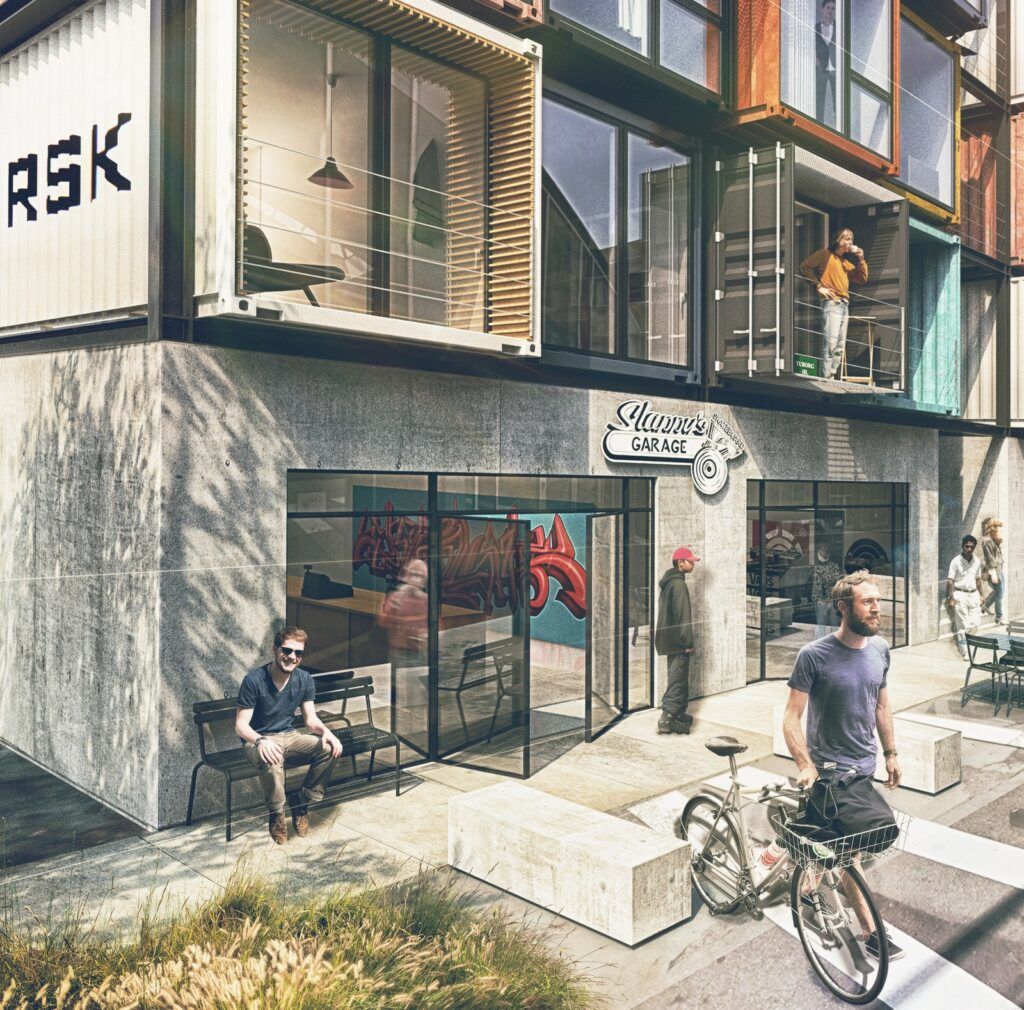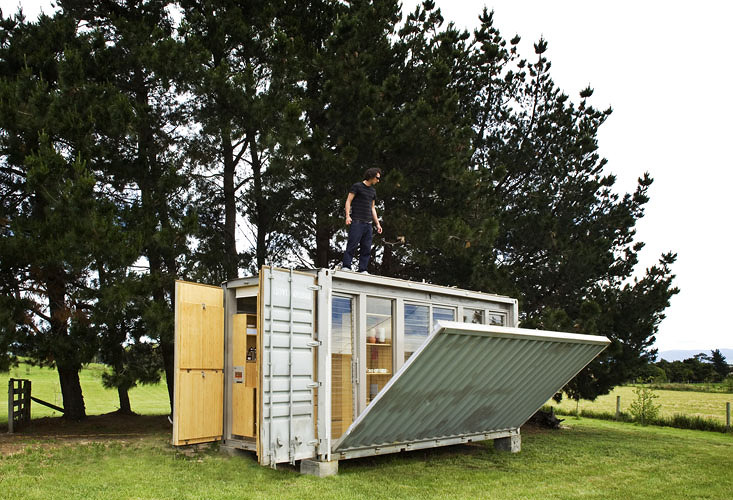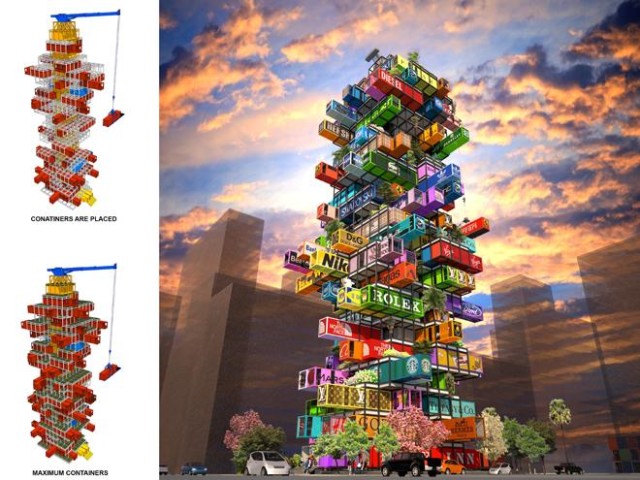Shipping Container Architecture: Hot New Trend or Violation of Human Rights?
Transforming shipping containers into housing is a trend that doesn’t seem to be slowing down, but are shipping container homes really a good — or even humane — solution?

Durable, portable, stackable, and plentiful, shipping containers are pretty easy to come by. There are approximately 36 million of them in the world, with about six million in active use at any given time. They’re only used within the shipping industry for a brief period before they’re decommissioned for quality control, too, so of course it makes sense to find ways to reuse them.
Architects and builders have turned so-called “cargotecture” into an industry in its own right. The novelty factor and apparent eco-friendliness of their incorporation into hotels, shops, restaurants, greenhouses, schools, libraries, and other types of buildings tends to get them a lot of attention, too. Because they’re made from strong materials like steel and aluminum and easy to move to new locations as needed, shipping containers are also a popular choice for emergency housing.
But in our rush to sing the praises of shipping container architecture, we might be failing to consider a few key points. First and foremost, there’s the fact that in order to be truly livable, they have to be modified quite a bit. They’re not insulated, not very good at resisting wind, and tend to build up a fair bit of condensation inside.
Once you do insulate them, you reduce a significant amount of the already-small interior space, and even then, energy-consuming air conditioning is often required to make them comfortable in summer. Interesting stacked arrangements look good in renderings, but the reality is that containers can only be stacked directly on top of each other as intended without needing a lot of extra fortification.

Used shipping containers tend to be a bit worse for the wear, not only in terms of scratches and dents, but also rust. The exteriors must be repainted every few years to keep them in good condition. Then there’s the fact that they’re often made with potentially toxic materials like chromate, lead-based paints, arsenic, and chromium, or used to transport toxic goods.
If you’re willing to put in a lot of effort, used cargo crates can still be a good choice for structures that people won’t be living inside. But the real problem comes in when they’re used for affordable housing. It’s worthwhile to remember that they aren’t always the best (or even cheapest) choice, never mind the fact that their overuse is altering the look of some cities for the worse.

Architect Mark Hogan of OpenScope Studio says that when architects propose shipping containers as a feasible solution to a major problem of housing shortages around the world, they’re not really thinking through what it’s actually like to live inside them.
“I know you’ve seen all the proposals, often done with an humanitarian angle (building slum housing, housing for refugees, etc.) that promises a factory-built ‘solution’ to the housing ‘problem’ but often positioned as a luxury product as well… housing is usually not a technology problem. All parts of the world have vernacular housing, and it usually works quite well for the local climate. There are certainly places with material shortages, or situations where factory-built housing might be appropriate — especially when an area is recovering from a disaster. In this case, prefab buildings would make sense — but doing them in containers does not.”
Hogan goes on to note that if you’re going to go through the trouble of prefabricating a structure, you might as well build them out to dimensions that are more appropriate for human habitation.
Dr. Richard J. Williams makes similar points in a recent editorial in The New York Times, saying we should all remember that shipping containers were made for things, not people.

“…The harsh landscape of the shipping container is a terrible shorthand for modernity. It’s not just the now-inescapable connotations of the migrant crisis. It’s that the people who’ve most celebrated the container form are precisely not the ones who’ve ever had to live in one: they can always go home, to a proper building somewhere else. And it’s that the shipping container suggests a world in which everything is contingent and temporary, and humans are doing little more than camping. That’s not the way to produce good offices, or housing, or cities.”




